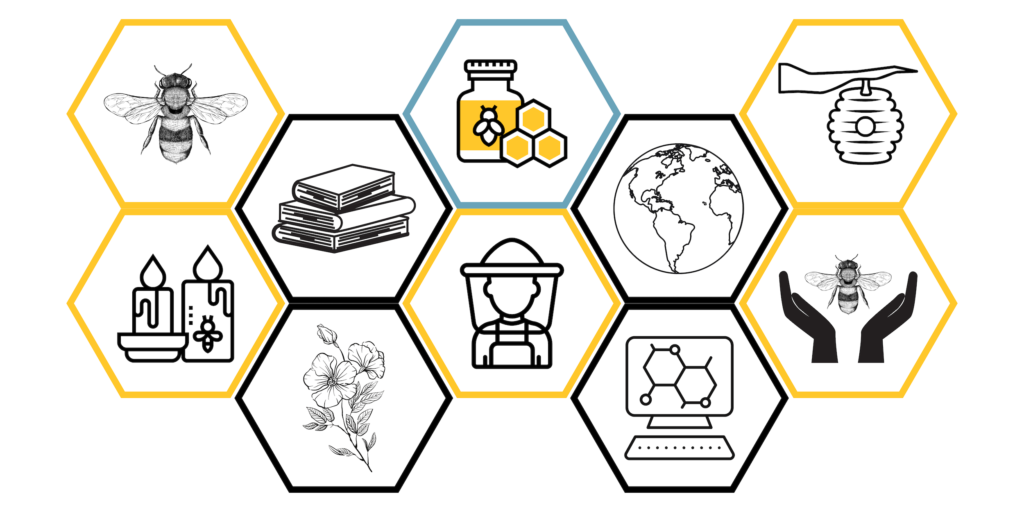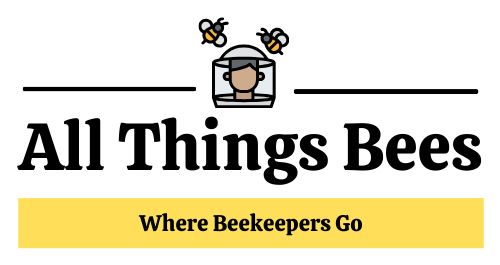Frequenlty Asked Questions
Bees are a “keystone species,” crucial to wholesome ecosystems and to animal and human lifestyles. native bees pollinate eighty percent of flowering plant life around the sector (US Geological Survey).
There are four,000 species in North America, and 20,000+ globally (middle for organic variety). The simplest 8 of these species are honey bees.
consistent with the middle for biological variety, 1 in four bee species are vulnerable to extinction in the North the United States. That is due to elements that include habitat loss, insecticides, pests and ailment, and climate change. 1 in 3 bites of meals we devour are pollinated by using bees, as are limitless plants used for animal feed (alfalfa and barley), fiber (cotton and flax), and cooking oils (canola and sunflower).
Honey bees are non-native, stay in big colonies, and convey honey, regularly kept with the aid of beekeepers. Local bees are neighborhood to unique areas, normally live by themselves or in small agencies, and are great at pollinating neighborhood plant life. Whilst honey bees are powerful pollinators, native bees frequently specialize in positive plants.
Creating bee-friendly plants, avoiding harmful pesticides, and assisting nearby beekeepers are ways to protect bees. Every small movement can make a difference!
Honey bees talk about the usage of a “waggle dance,” which tells exceptional bees the direction and distance of a meal’s delivery. Further they use pheromones to sign alarms, mark territory, and speak with exclusive people of the hive.
⦁ Honey bees zip via the air at 15 miles in line within an hour!
⦁ They visit 50 to a hundred plants in a single journey.
⦁ An unmarried honey bee colony can be domestic to a dazzling 60,000 individual bees!
⦁ Honey bees communicate by dancing to share statistics about meal resources.
⦁ They are the simplest bugs that produce meals eaten by using human beings (honey).
⦁ Honey bees have 5 eyes: huge and 3 smaller ones.
⦁ A queen bee can lay up to two,000 eggs per day.
⦁ Honey bees can live for several weeks in the summer time, but as much as numerous months in wintry weather.
⦁ they may be critical for pollination, supporting 1/3 of our meals to develop.
⦁ Honey is absolutely indestructible, ultimately safe to consume even after hundreds of years, as observed in historic tombs.
Honey bees have a pretty cool trick for amassing integrated nectar from vegetation – they use their built-in integrated-lengthy tongues! They maintain the nectar in a unique “honey belly” and convey it again to the hive. In the hive, the bees machine the nectar and shop it in wax cells, where it’s dried to end up honey.


